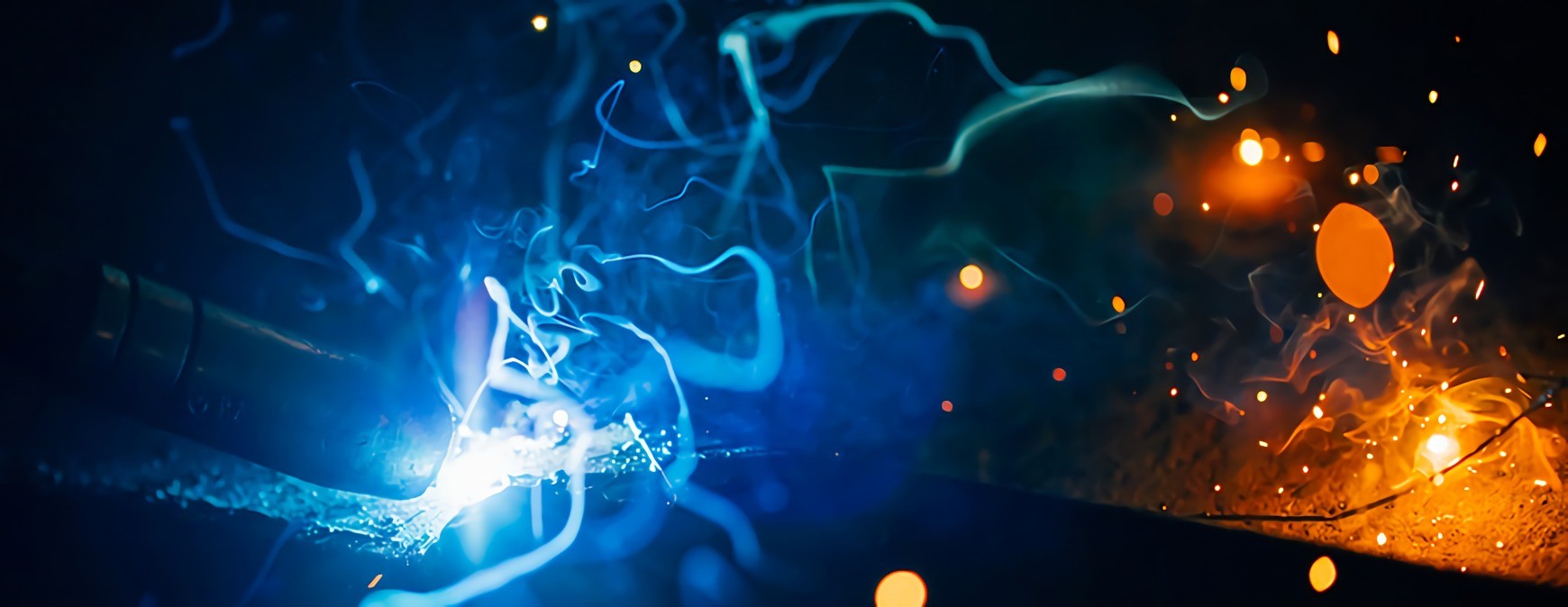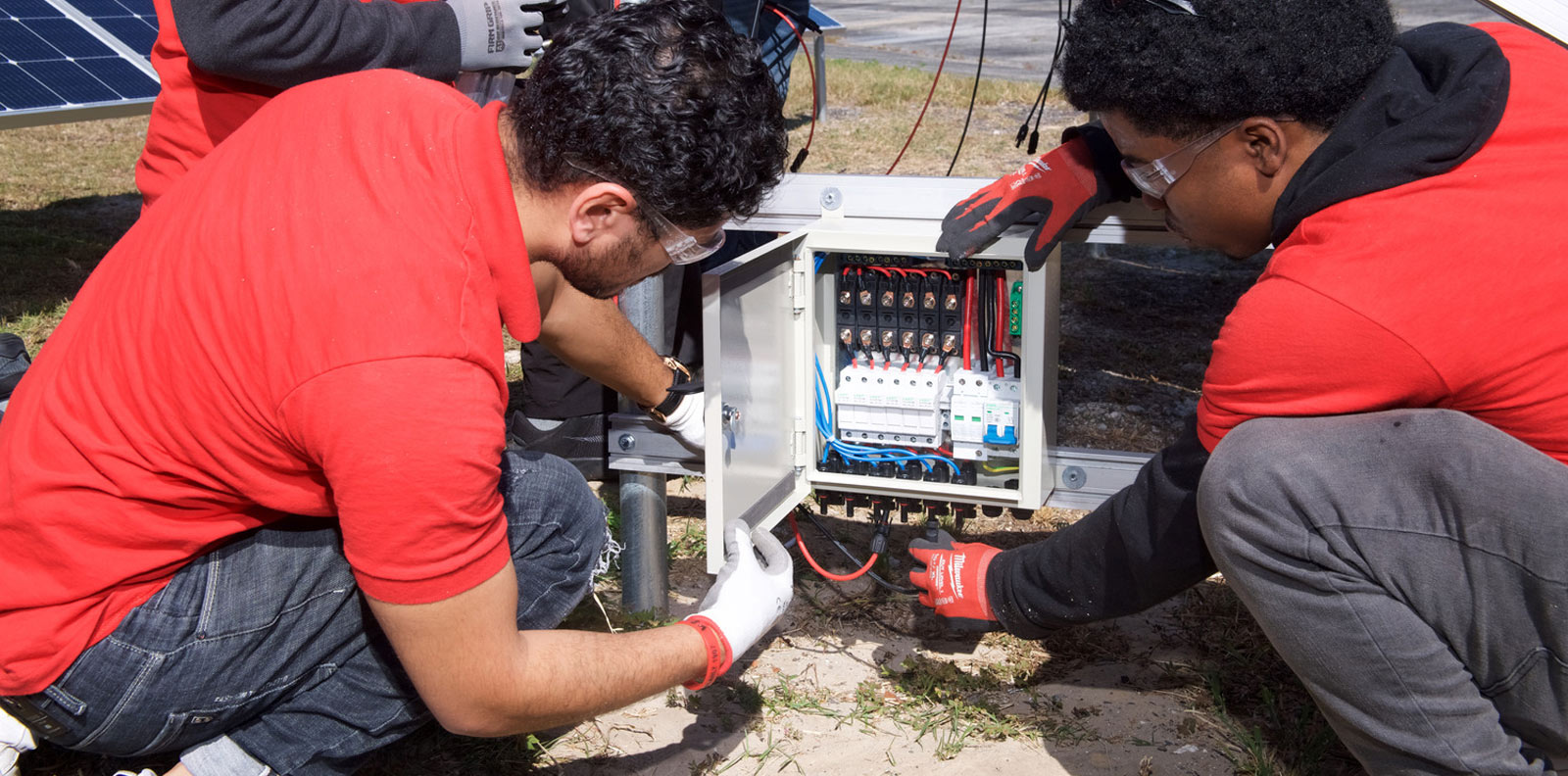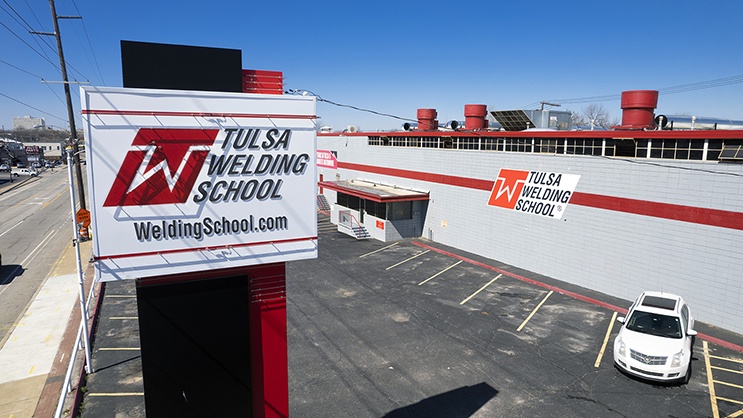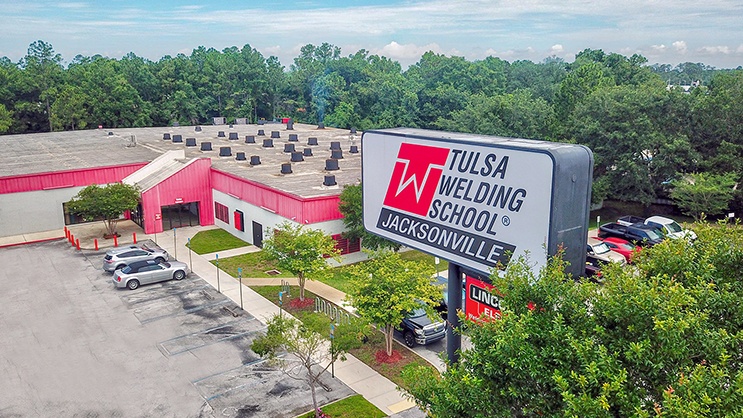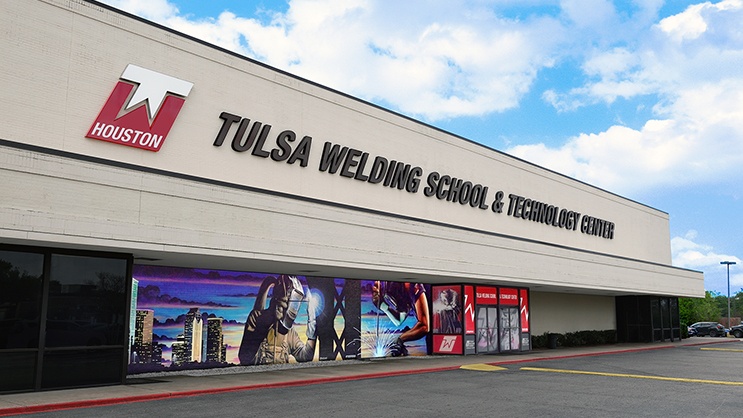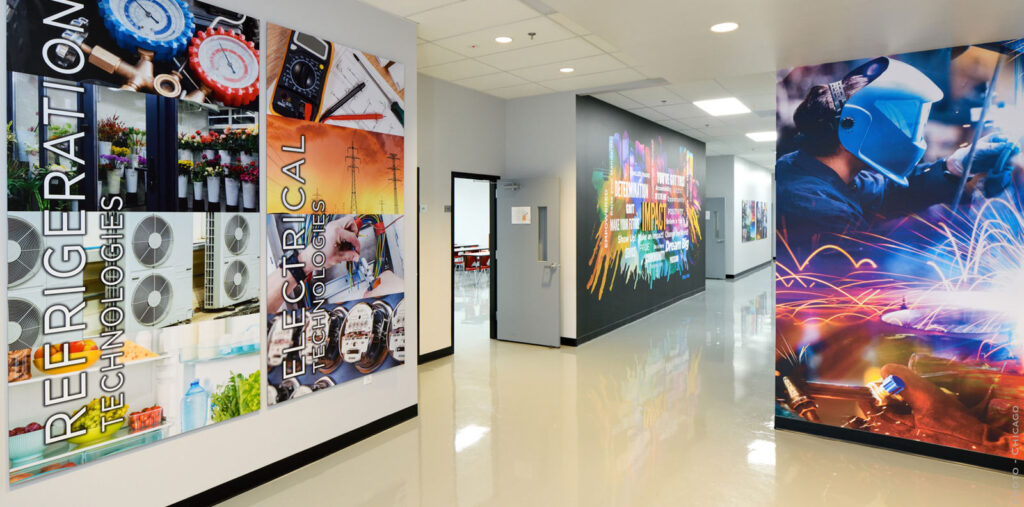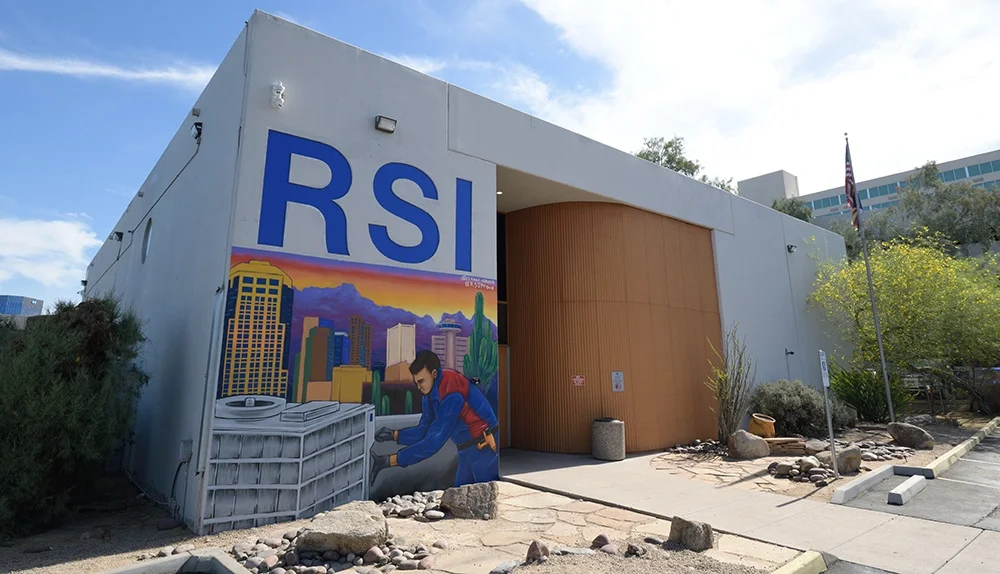TWS is a Great Training Option for Everyone
Learn more about how we can prepare you to advance your career.
Welding is a hands-on job, but welders still have to have a fair amount of technical knowledge. One of the terms you will hear in class and in the shop a lot is “welding current.” You will see that welding machines and electrodes are labeled AC or DC, which describe the polarity of the welding machine’s current. Why do electrical currents and polarity matter in welding? Let’s take a closer look.
What Is Polarity in Welding and Why Does It Matter?
In welding, polarity refers to the direction of electrical flow in a welding circuit. Every circuit has a negative (-) and positive (+) terminal. Choosing the correct polarity—either DC positive (DCEP) or DC negative (DCEN)—directly affects weld penetration, arc stability, and spatter. If you’re using the wrong polarity, you’ll likely experience poor weld quality and control. This is especially important in TIG and stick welding, where precision matters.1
What Is Straight Polarity vs. Reverse Polarity in Welding?
Straight polarity welding—also known as DCEN (Direct Current Electrode Negative)—means the electrode is connected to the negative terminal, and the workpiece is positive. This setup results in faster melt-off rates and is commonly used for TIG welding on thinner metals.
Have You Considered a Career in the Skilled Trades?
Fill out the form to recieve a no obligation info packet.
What’s the Difference Between AC and DC Welding Currents?
In welding, AC (Alternating Current) changes direction periodically, while DC (Direct Current) flows in a single direction. Most welders use DC current for its stable arc, smoother welds, and better control—especially in vertical or overhead welding.
AC is commonly found in budget-friendly welding machines and is often used in shipbuilding or environments where arc blow can be an issue. Choosing between AC and DC depends on the welding application and the type of polarity required.
How Do AC and DC Currents Differ in Welding?
In shielded metal arc welding (SMAW), DC is widely used because of its many benefits. Welding with DC creates smoother and more stable arcs, you can strike the arc more easily, there are fewer arc outages and less spatter, and vertical up and overhead welding is also less complicated. However, AC can be the preferred choice of beginners like welding training students, as it is frequently used with low-cost, entry-level welding machines. AC is also common in shipbuilding welding or in any conditions where the arc may blow from side to side.3
|
Common AC Welding Projects |
Common DC Welding Projects |
| Repairing magnetic materials (e.g., old machinery) | Automotive welding (car frames, bodywork) |
| Outdoor work with heavy equipment | Pipe welding |
| General maintenance and farm equipment repair | Structural steel fabrication |
| Tackling projects where arc blow is a concern | Stainless steel and thinner metal welding |
| Budget welding machines for hobbyist projects |
Precise TIG welding applications |
What Is DC Positive (DCEP) and DC Negative (DCEN) in Welding?
In DC positive polarity (DCEP), the electrode is connected to the positive terminal. This polarity delivers deeper penetration into the metal and is useful for welding thick materials.
In DC negative polarity (DCEN), the electrode connects to the negative terminal, producing a higher deposition rate but less penetration. This makes straight polarity welding ideal for thin metals or projects that don’t require deep fusion.
AC polarity offers a balance, as it alternates between positive and negative—making it a middle-ground option for general-purpose welding.
Understanding welding currents and polarity is important for completing a welding job correctly. You want to consider the type of metal, welding conditions, penetration levels, and deposition rate when choosing AC or DC currents and electrode-positive or electrode-negative polarity. Knowing how these factors impact your weld will make your job easier. Learn more about the Welding program at TWS today.
1 – http://redwingsteelworks.com/articles/whats-difference-reverse-straight-polarity/
2 – http://www.lincolnelectric.com/en-us/support/process-and-theory/Pages/understanding-polarity-detail.aspx
3 – http://weldingproductivity.com/article/ac-vs-dc/
